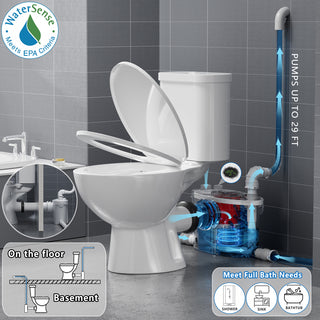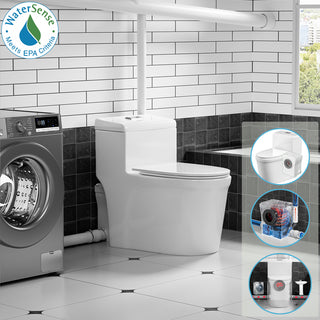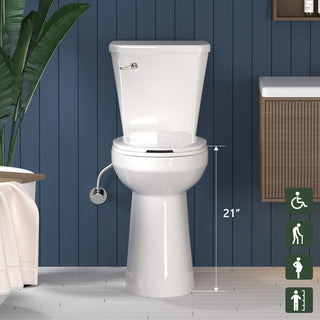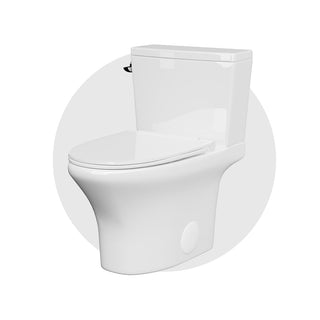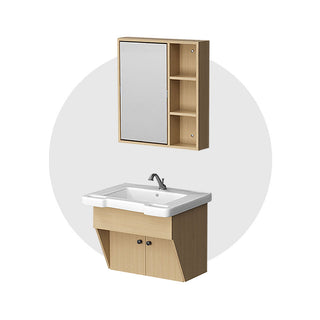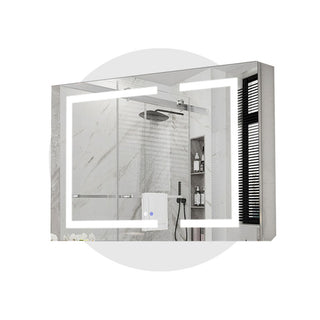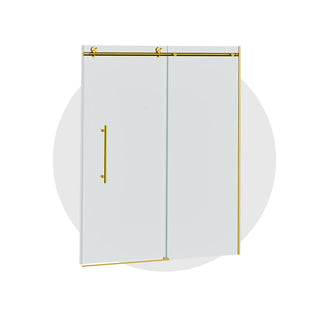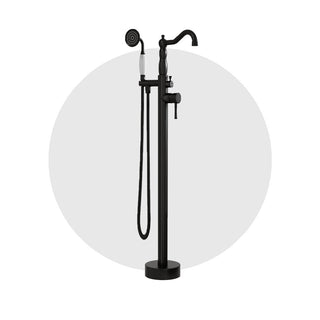Measuring the toilet rough-in is a crucial step in the bathroom installation and renovation process. Accurate measurements ensure that the toilet installs correctly and help avoid common issues like leaks or instability. In this guide, we'll walk you through how to measure the toilet rough-in properly and highlight key things to keep in mind during the process.

Ⅰ. What is toilet rough-in?
Toilet rough-in refers to the distance from the back wall of the bathroom to the center of the drainpipe at the bottom of the toilet (usually at the flange). This measurement is a crucial step in toilet installation, determining whether the toilet will be installed correctly. The standard rough-in sizes in the U.S. are typically 12 inches and 10 inches, though in some special cases, a 14-inch rough-in may be found.
Ⅱ. Tools for Measuring Toilet Rough-In
1. Tape Measure: This is the most basic measuring tool. Make sure to choose one with both metric and imperial units for more accurate readings.
2. Pen and Paper: Used to record the measurements for later reference.
3. Level (Optional): Used to check the level of the floor and wall, ensuring the accuracy of your measurements.

Ⅲ. How to Measure Toilet Rough-In?
1. Determine the Starting Point
Wall Surface: When measuring, start from the surface of the wall, not from the baseboard or any trim. The wall surface is the standard starting point for measurements.
2. Locate the Drain Pipe Center
Remove Existing Toilet: If there is an existing toilet, you need to remove it first. Turn off the water supply, empty the tank and bowl, and use a wrench to loosen the bolts. Gently move the toilet aside to expose the drain pipe.
Mark the Drain Pipe Center: Find the center of the floor drain pipe, usually a round hole. You can align the zero point of your tape measure with the center of the drain.
3. Measure the Distance
From the Wall to the Drain Pipe Center: Place the starting point of the tape measure against the wall and measure to the center of the drain pipe. Make sure the tape measure remains level to avoid errors.
Record the Measurement: Record the rough-in measurement, usually accurate to millimeters or a quarter inch.
Ⅳ. Important Considerations During Measurement
Wall Flatness: If the wall is not flat (e.g., due to pipes or decorative panels), you need to adjust the starting point of the measurement to ensure you are measuring from the actual surface of the wall.
Floor Levelness: An uneven floor can affect the stability of the toilet. Therefore, when measuring the rough-in, you can use a level to check the floor's levelness and make any necessary adjustments.
Consider Wall Thickness: For built-in tanks or thick walls, you may need to take into account the wall thickness and how it affects the rough-in measurement.
Check for Obstacles: When measuring, make sure there are no obstacles around the drain pipe, such as water supply lines or heating equipment, to ensure there is enough space for installation.

Ⅴ. Common Issues and Solutions
Measurement Errors: If there is a significant measurement error, it may cause the toilet to not align with the drain pipe during installation. Re-measure and ensure that the correct tools are used.
Incompatible Rough-In: If the toilet you purchase does not match the existing rough-in distance, you may need to replace the toilet or modify the plumbing.
Uneven Floor: If the floor is uneven, it can result in an unstable toilet after installation. It is recommended to level the floor before installation or use special shims to adjust the positioning.
Accurate measurement of the toilet rough-in is a crucial step in ensuring the smooth installation of bathroom fixtures. While the process may seem straightforward, small mistakes in measurements can lead to installation problems. Therefore, it’s important to carefully follow each step, use the appropriate tools, and make adjustments based on the actual conditions of the space.
Proper measurement and installation not only ensure the functionality of the toilet but also enhance the overall aesthetics and comfort of your bathroom.


